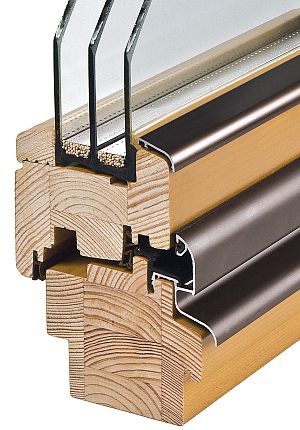
Image Credit: Polwins
A startup based in New York City is importing high-performance windows from manufacturers in Poland, giving U.S. builders another source of components for Passivhaus and other energy-efficient buildings.
The company, called Polwins LLC, imports windows and doors from three manufacturers, each specializing in a particular type of window or door, Adrian Dymarczyk, a principal of the company, said in an email. The manufacturers weren’t named.
Dymarczyk said that Polwins windows were going into a Passivhaus apartment building in Canada and a Passivhaus home in Colorado, but sales so far have been limited. “We have sold some windows and doors this year, but not the amount we would like,” he said.
Windows are manufactured to meet each order, not warehoused in stock sizes. “Standard” triple-pane windows with uPVC frames cost between $21 and $28 per square foot, from $36 to $45 per square foot in aluminum, and $40 per square foot and up for wood and aluminum-clad wood. Lead times range from a low of six weeks for uPVC to as long as 12 weeks for wood.
Some windows are available with double-pane glazing. Frame styles include tilt-and-turn, tilt, folding and sliding sash.
Specifications vary
U-factors and solar heat gain coefficients vary by the specifics of the glazing package, Dymarczyk said. Windows and doors use components that have been certified by the Passivhaus Institut in Germany, as well as Ift Rosenheim, a European testing agency.
“The U-value can go down as low as 0.12 and the SHGC also varies by glass pack,” he said. “We have special glass packs that are designed for low SHGC but typically a window that will be triple-pane and made for colder climates will be in the 30s and 40s.”
Frame and glass specifications aren’t currently listed for all of the windows listed at the company’s website, but a planned site update will include more performance numbers.
High-performance, Passivhaus-certified windows are common in Europe, but rare in the U.S. There are some 2,500 window and door manufacturers in Poland, according to an industry trade group there, with exports in 2011 valued at €900 million. The Passivhaus Institut lists dozens of European manufactures but only one, Casagrande Woodworks of Paso Robles, California, in the U.S.
The Passive House Institute U.S. also maintains a list of certified windows, including units made by Wasco, Marvin, Kolbe, HH Windows & Doors, and Alpen. Most are recommended for Climate Zone 4 and warmer.
Maine plant now has certified roof assembly
In Maine, RPA / Ecocor has added a Passivhaus roof assembly to its line of prefabricated high-performance houses. The company said that the Ecocor Passiv Roof is the only opaque roof structure in the U.S. to be certified by the Passivhaus Institut in Darmstatd, Germany.
RPA / Ecocor is a collaboration between Pennsylvania architect Richard Pedranti and Christian Corson, a builder who runs a factory for high-performance house assemblies in Searsmont, Maine. Both have Passivhaus backgrounds and earlier this year they introduced a line of 11 model homes made with prefabricated parts and designed for Passivhaus certification. The houses have since been branded the “Solsken Lline.”
Roof modules are made with the same materials as Ecocor’s exterior wall sections, the company said. If roof assemblies followed the same pattern as wall modules, an airtight layer of plywood would be applied over a structural core, followed by I-joists, a layer of waterproof Mento Plus, and a ventilated rain screen. Finally, the assembly is insulated with dense-packed cellulose.
Skylights can be added in the factory if a client asks for them.
“The Corson Roof lets Chris and I expand the interior square footage of the RPA / Ecocor model homes by capturing the area directly under the roof typically used for attic insulation,” Pedranti said in a news release.
Weekly Newsletter
Get building science and energy efficiency advice, plus special offers, in your inbox.





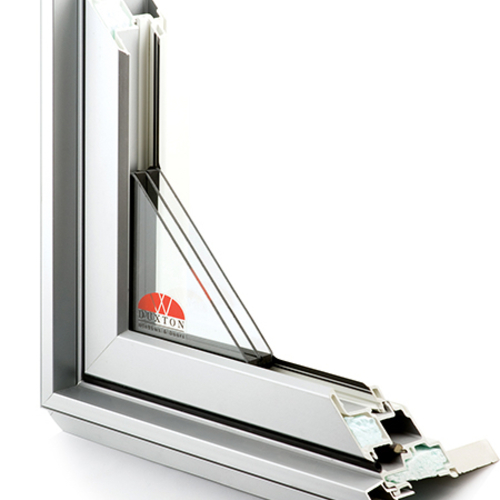
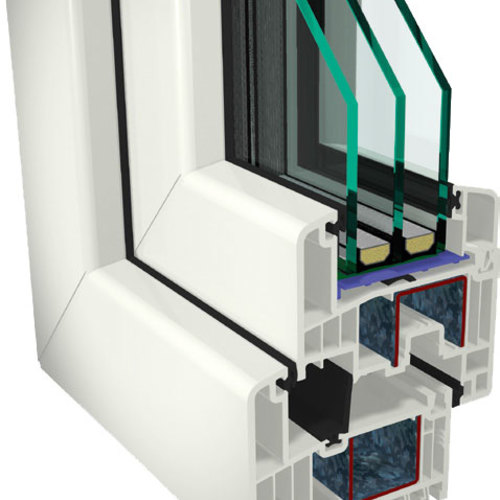
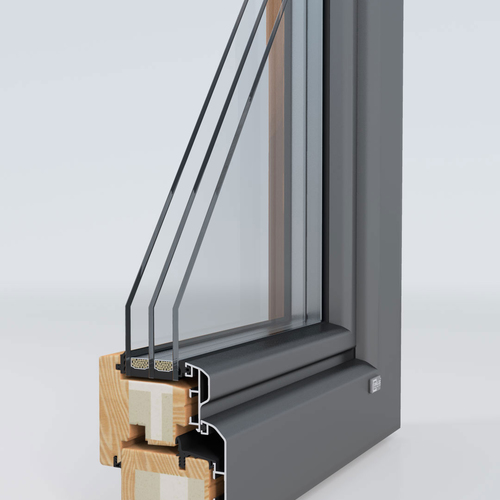
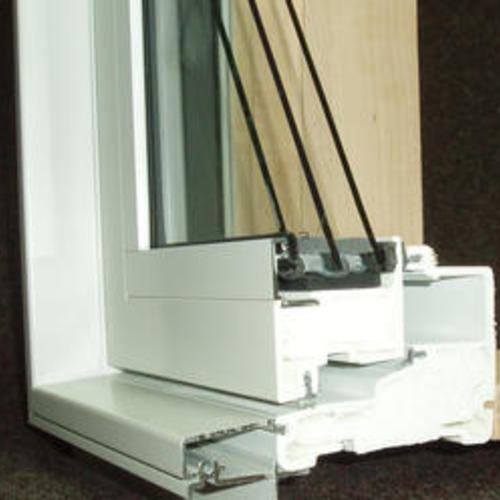






0 Comments
Log in or create an account to post a comment.
Sign up Log in